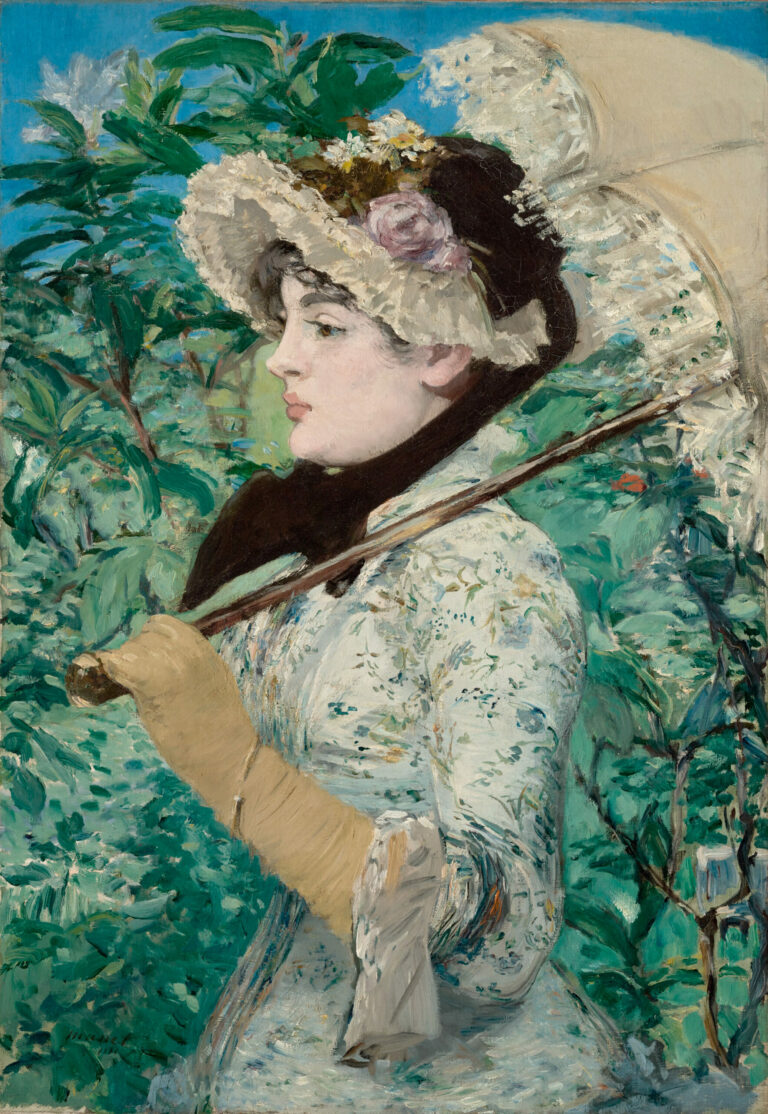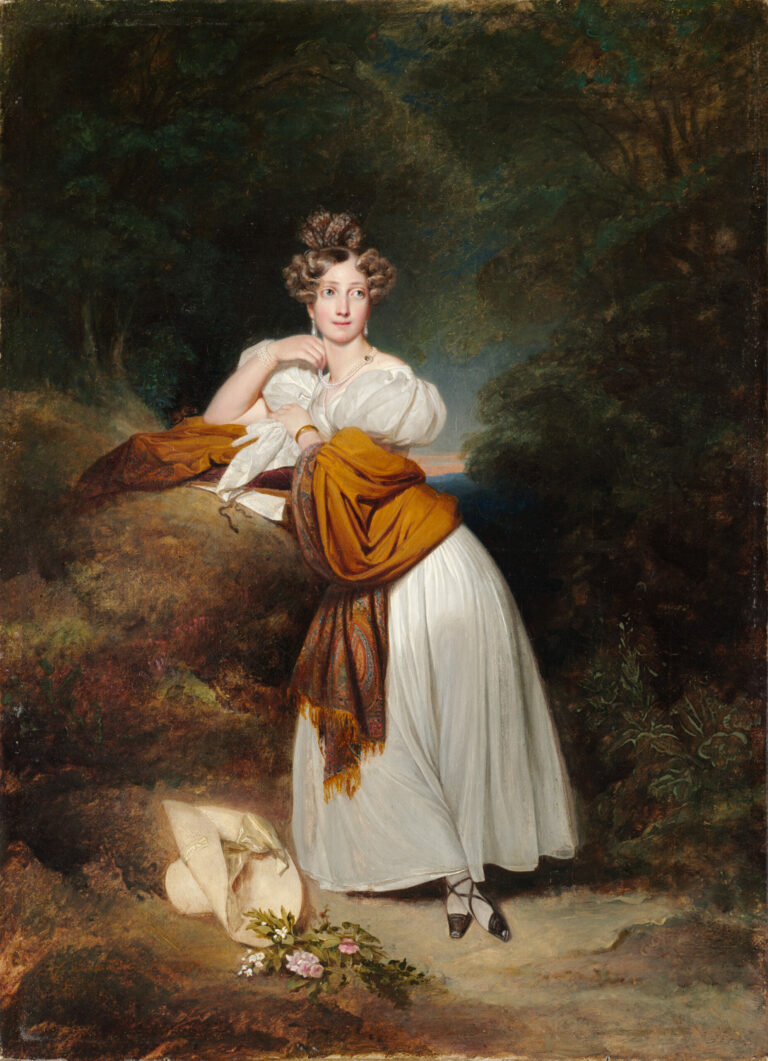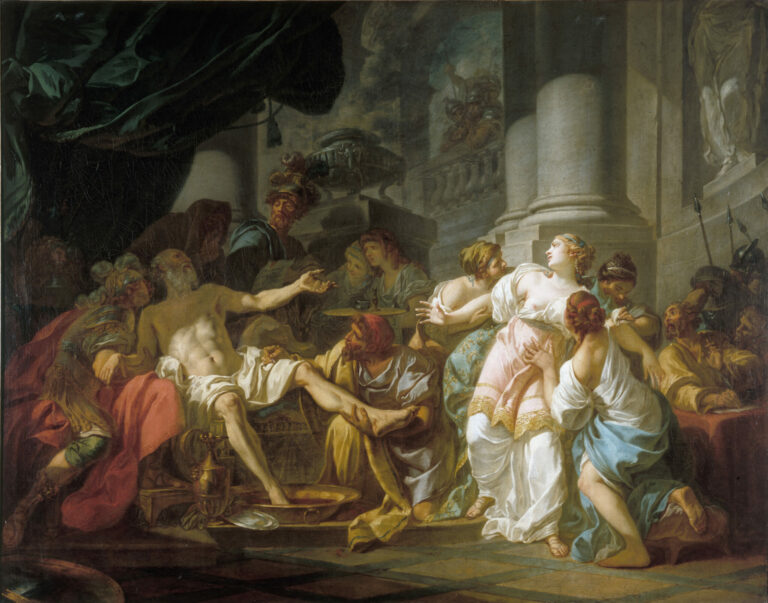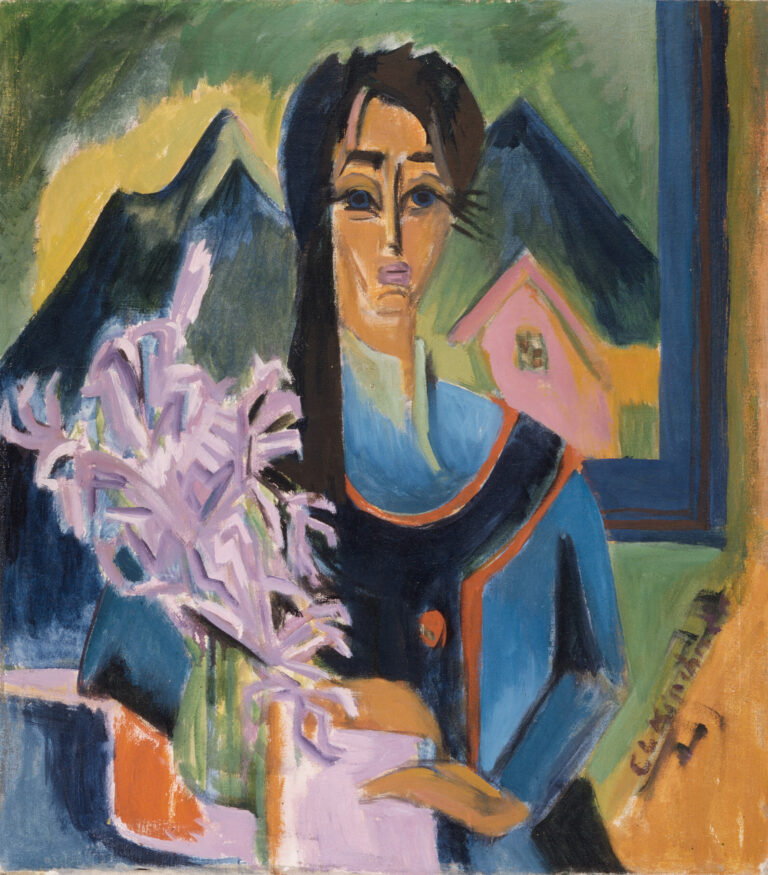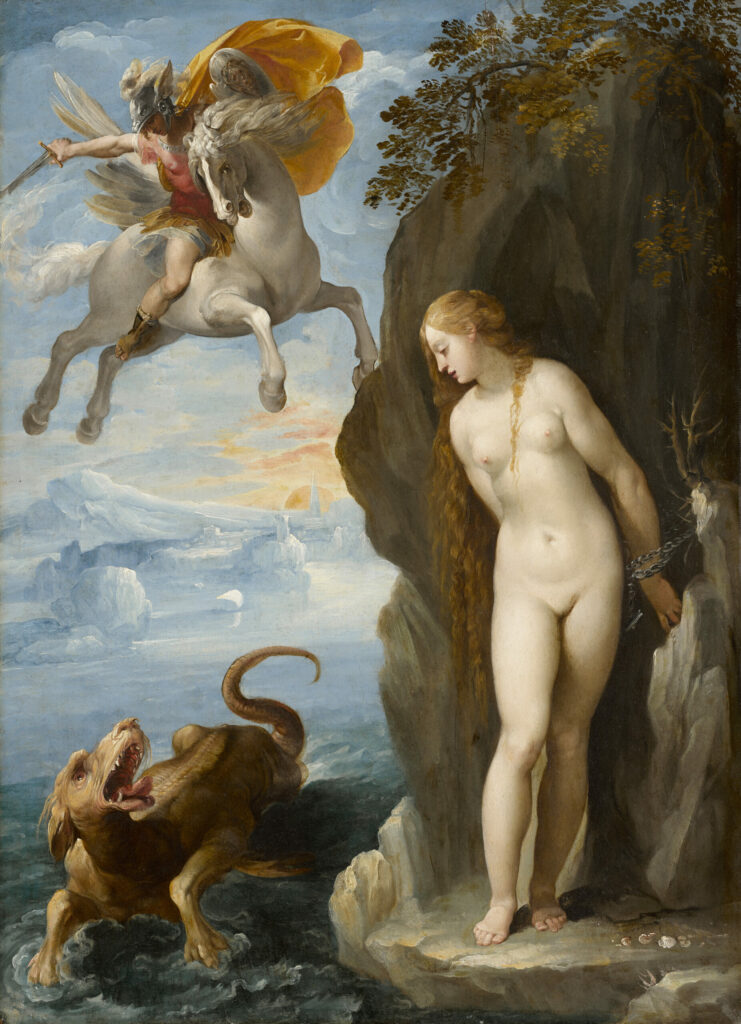
Perseus Rescuing Andromeda: A Graceful Mythological Choreography. In this composition, the Cavaliere d’Arpino presents a vibrant tableau where movement and dramatic tension unite with virtuosity.
Perseus’s spectacular surge on Pegasus, emerging in the sky like a golden meteor, contrasts masterfully with Andromeda’s vulnerable stillness. The young princess embodies resigned beauty, while the sea monster writhes in turbulent waves.
The flamboyant ochre drapery enveloping Perseus energizes the composition, while Andromeda’s flesh tones capture our gaze. In the distance, a vaporous landscape in bluish tonalities evokes a distant, almost dreamlike world, amplifying the mythic dimension of this fateful encounter. This work admirably condenses the essence of late Roman Mannerism: formal elegance, chromatic refinement, and evocative power.
Essential Information
- Perseus Rescuing Andromeda by Cavaliere d’Arpino, 1594-95
- Oil on copper, 20 11/16 × 14 15/16 in. (52.5 × 38 cm)
- The Clark Art Institute, Williamstown
- https://www.clarkart.edu/ArtPiece/Detail/Perseus-Rescuing-Andromeda
Giuseppe Cesari, known as Cavaliere d’Arpino (1568-1640), was a major figure of late Mannerism and the early Roman Baroque who experienced a meteoric rise in his era’s most prestigious artistic circles. Protected by Popes Clement VIII and Paul V, he established himself as the undisputed master of Roman painting at the end of the 16th century.
His technical virtuosity, combined with fertile imagination and acute sense of pictorial narrative, captivated the intellectual and aristocratic elite. His small mythological compositions reveal his ability to breathe dynamic grace and refined elegance into ancient tales. Although his fame was later eclipsed by the emergence of Caravaggesque naturalism and the Carracci’s classicism, his influence remains considerable in the evolution of Roman art.

